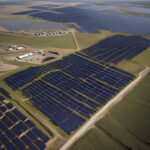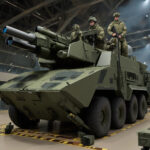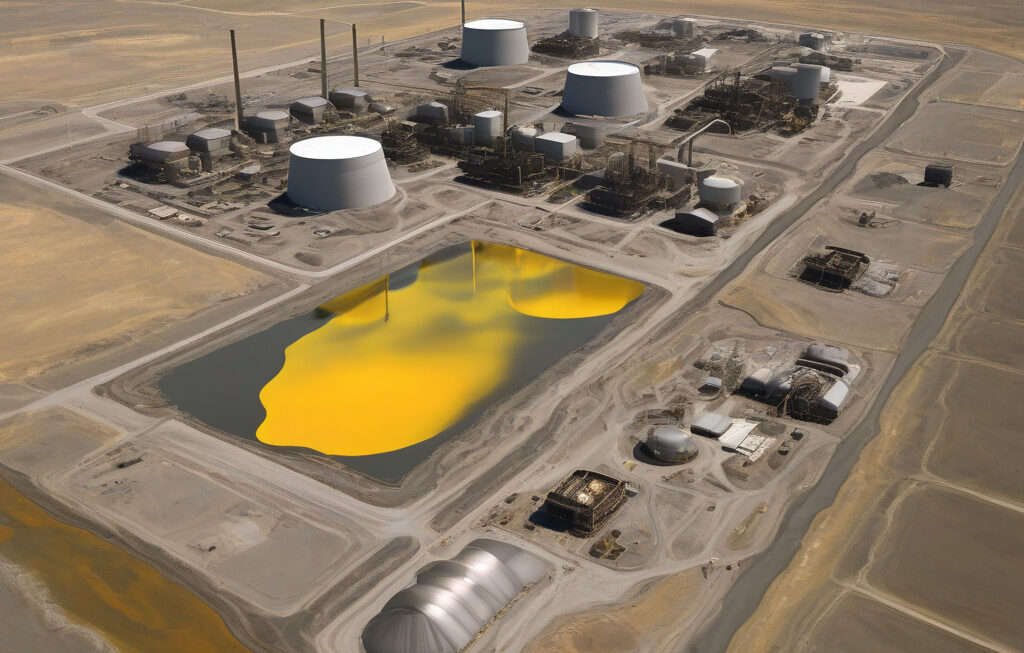Autonomous Robots Revolutionizing Radioactive Waste Segregation at UK Nuclear Plant
A top British nuclear body is planning to deploy robots at a former nuclear plant to revolutionize the process of segregating radioactive waste. This initiative marks a significant step forward in the realm of nuclear waste management and underscores the growing role of automation in high-risk environments.
The decision to introduce autonomous robots for handling radioactive waste comes as part of a broader effort to enhance safety measures and streamline operations at the nuclear facility. By leveraging cutting-edge robotics technology, the organization aims to minimize human exposure to hazardous materials while improving the efficiency and accuracy of waste segregation processes.
One of the key advantages of utilizing autonomous robots in this context is their ability to access confined spaces and navigate complex environments with precision. These robots are equipped with advanced sensors and cameras that enable them to identify and sort different types of radioactive waste effectively. By delegating these tasks to robots, the risk of human error and potential exposure to radiation is significantly reduced.
Moreover, autonomous robots offer the advantage of continuous operation without the need for breaks or shifts, ensuring round-the-clock monitoring and segregation of radioactive materials. This not only accelerates the pace of waste management activities but also enhances overall operational efficiency at the nuclear plant.
In addition to improving safety and efficiency, the deployment of autonomous robots for radioactive waste segregation also serves as a testament to the increasing convergence of robotics and artificial intelligence in industrial applications. These intelligent machines are capable of learning and adapting to new challenges, making them invaluable assets in environments where precision and reliability are paramount.
Furthermore, the adoption of autonomous robots in nuclear waste management aligns with broader global trends towards leveraging technology to address complex environmental and societal challenges. As concerns around nuclear safety and waste disposal continue to escalate, innovative solutions like robotic automation offer a ray of hope in ensuring sustainable and responsible practices within the industry.
Looking ahead, the successful implementation of autonomous robots for segregating radioactive waste at the UK nuclear plant could set a new standard for nuclear facilities worldwide. By harnessing the power of robotics and AI, organizations in the nuclear sector can not only enhance operational safety and efficiency but also pave the way for a more sustainable and secure future in nuclear waste management.
In conclusion, the integration of autonomous robots into the process of segregating radioactive waste at the UK nuclear plant represents a groundbreaking development in the field of nuclear technology. With their ability to improve safety, efficiency, and precision, these robots are poised to redefine the way radioactive waste is managed and handled, setting a new paradigm for the industry as a whole.
autonomous robots, radioactive waste, nuclear plant, waste segregation, robotics revolution












